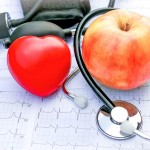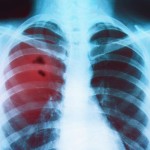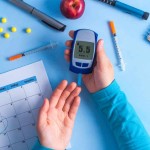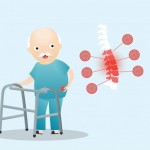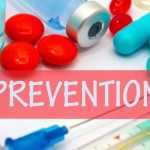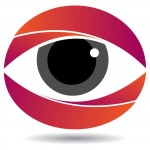Coronary Heart Disease (CHD)
Coronary heart disease (CHD) is the thinning or blockage of the coronary arteries, usually caused by atherosclerosis. Atherosclerosis (sometimes called “hardening” or “clogging” of the arteries) is the buildup of cholesterol and fatty deposits (called plaques) on the inner walls of the arteries. These deposits can restrict blood flow to the heart muscle by clogging the artery. This result in reduced supply of blood to the heart, thus heart becomes starved of oxygen and the vital nutrients it requires to work properly. This can lead to chest pain called angina. If blood supply to a portion of the heart muscle is cut off entirely, or if the energy demands of the heart become much greater than its blood supply, a heart attack (injury to the heart muscle) may occur. Coronary heart disease (CHD) is the leading cause of death for both men and women living in urban areas as compared to rural India.
Symptoms
The most common feature of CHD is chest pain (angina) and heart attack. Generally pain occurs when the heart is not getting enough blood or oxygen. The intensity of pain is varies from person to person.
It may feel heavy or like someone is squeezing heart. There may be an uneasy feeling under breast bone (sternum), but also in neck, arms, stomach, or upper back.
The pain usually occurs with activity or in emotional state, and goes away with rest or a medicine called nitroglycerin.
Other symptoms include shortness of breath and fatigue with activity (exertion). Women, elderly people, and people with diabetes are more likely to have symptoms other than chest pain, such as:
Fatigue
Shortness of breath
General weakness
Causes
Risk factors associated with the conditions are:
Obesity
Smoking
Stress
Hypertension
Sedentary lifestyle
Diabetes
Having a family history of CHD – the risk is increased
Diagnosis
Tests may include:
Electrocardiogram (ECG)
Exercise stress test
Color dropler test.
Coronary angiography - an invasive test that evaluates the heart arteries under x-ray
Echocardiogram stress test
Electron-beam computed tomography (EBCT) to look for calcium in the lining of the arteries - the more calcium, the higher your chance for CHD
Heart CT scan
Nuclear stress test
For proper diagnosis and treatment, one should refer to the physician.
Treatments
Medications like Aspirin in form of sporin 75 or ecosporin is the choice of drug.
Surgery:
Coronary artery bypass
Heart transplant
Lifestyle:
Weight control
Smoking cessation
Avoiding the consumption of trans fats (in hydrogenated oils)
Exercise such as walking, jogging, or swimming, can help decrease blood pressure and the amount of blood cholesterol over time.
Fish oil consumption to increase omega-3 fatty acid intake
Decrease psychosocial stress
This is just for the understanding of health. For proper diagnosis and treatment, one should refer to the physician.
Preventions
Eat a healthy, balanced diet.
Low-fat, high-fibre diet is recommended, including plenty of fresh fruit and vegetables and whole grains.
Be more physically active Healthy diet with regular exercise is the best way of maintaining a healthy weight.
Having a healthy weight reduces chances of developing high blood pressure.
Keep blood pressure under control by eating a healthy diet low in saturated fat, exercising regularly, and, if required, taking the appropriate medication to lower blood pressure.
References:
NCBI
CDC
NHS
U S National Library of Science



